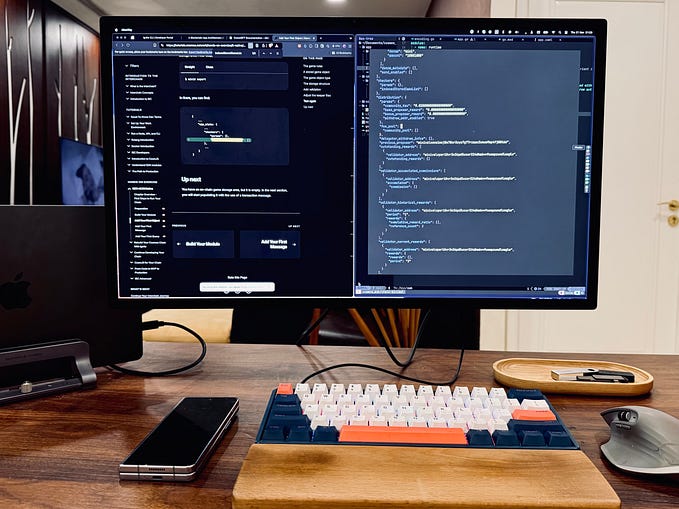Making Video Without a Videocamera
The problem
I am a musician. I need to make music videos, and to be able to present my music in a visual form when playing live. But I do not have a proper video camera and I certainly don’t have a budget for video! Time to get creative with some DIY solutions...
My first attempt to solve the problem used around a thousand photographs to create a moving sequence, but was shaky, as I hadn’t used a tripod. Therefore, this time, I wanted to find a different approach which would look more professional.
At a local experimental music night I went to as part of Lincoln’s Sonophilia festival, I saw a demonstration using a Raspberry Pi and an Arduino board to show a visualisation of sine waves, based on Lissajous’ work. This triggered a conversation with my Dad, a former electronics lecturer, about how I could make some sort of music visualisation. He suggested using “Digital Signal Processing” or DSP. Although I’d heard of it, I didn’t really know what it meant. I thought I would have to learn to design circuit boards, so it was quite a confusing — and scary — conversation until Dad explained I would just need to learn some new programming skills, in a language called Visual DSP. The DSP circuit boards are already designed, so I wouldn’t need to worry about that. Plus, you can do DSP on your computer, because computers already have the physical tools needed to do DSP. So I said I would look into it.
I do have a bit of a history of low-level coding, having learned a little Basic, HTML, Fortran and Visual Basic in the past. So I’m not scared of code, but I’m not a professional programmer, although I have used code in my previous job.
Research
I started to hunt down courses online where I could learn more about DSP. As well as some very technical courses which go further into maths and physics than I was comfortable with, I discovered that Coursera hosts a Creative Programming for Digital Media & Mobile Apps course from University of London & Goldsmiths. This course is designed for creative people, does not assume any prior coding experience, and is geared towards getting visual results. This was pitched just right for me and introduced me to the Processing 3 environment, which appears to be closely related to Java/Javascript and is free to download.
Quick results
I’ve not done anything in Java/Javascript before, but the course takes you through worked examples, and you have access to the Processing 3 documentation online. I found Processing 3 had enough in common with Visual Basic to quickly feel comfortable. The course walked me through making my first simple programs to enable me to create a drawing on screen by dragging the mouse around.
There are set routines that repeat constantly at a frame rate, as well as an initialisation block, so depending on where you write code, it will either repeat at the frame rate of the program, or execute once. This saves having to write some of the For…To routines you might otherwise have to put together.
You can tell the code to modify the colours and other attributes, depending on where the mouse pointer is in the screen. The course providers have coded some modules to help students get a quick start, which is great, as you get more or less instant results for your effort. I was able to create some nice artwork by drawing in a program I’d written before the end of the first week’s lessons.

From code to video
I didn’t crack “music visualisation” straight away, as it relied on a later lesson, and I will have more to say about that in another article, but I did find out that I could ‘film my screen’ with Quick Time as I was using the Processing 3 programs I had created to draw. So what I did was play the .mp3 file of one of my songs that needed a video, and ran one of my programs whilst I was listening, creating a drawing, so that the video footage I captured of the drawing process would reflect the tempo of the song. I then did a little post processing in iMovie and added the sound back in to get the final video results. This resulted in the simple video for “Sunrise”, shown at the top of this article.
So, by the end of creating the “Sunrise” video, I’d discovered a method of creating moving visual content without a video camera and learned how to use the Processing 3 environment for basic visual programming tasks. If I can do this, anyone with an interest in coding and the determination to solve problems can do it, too.









